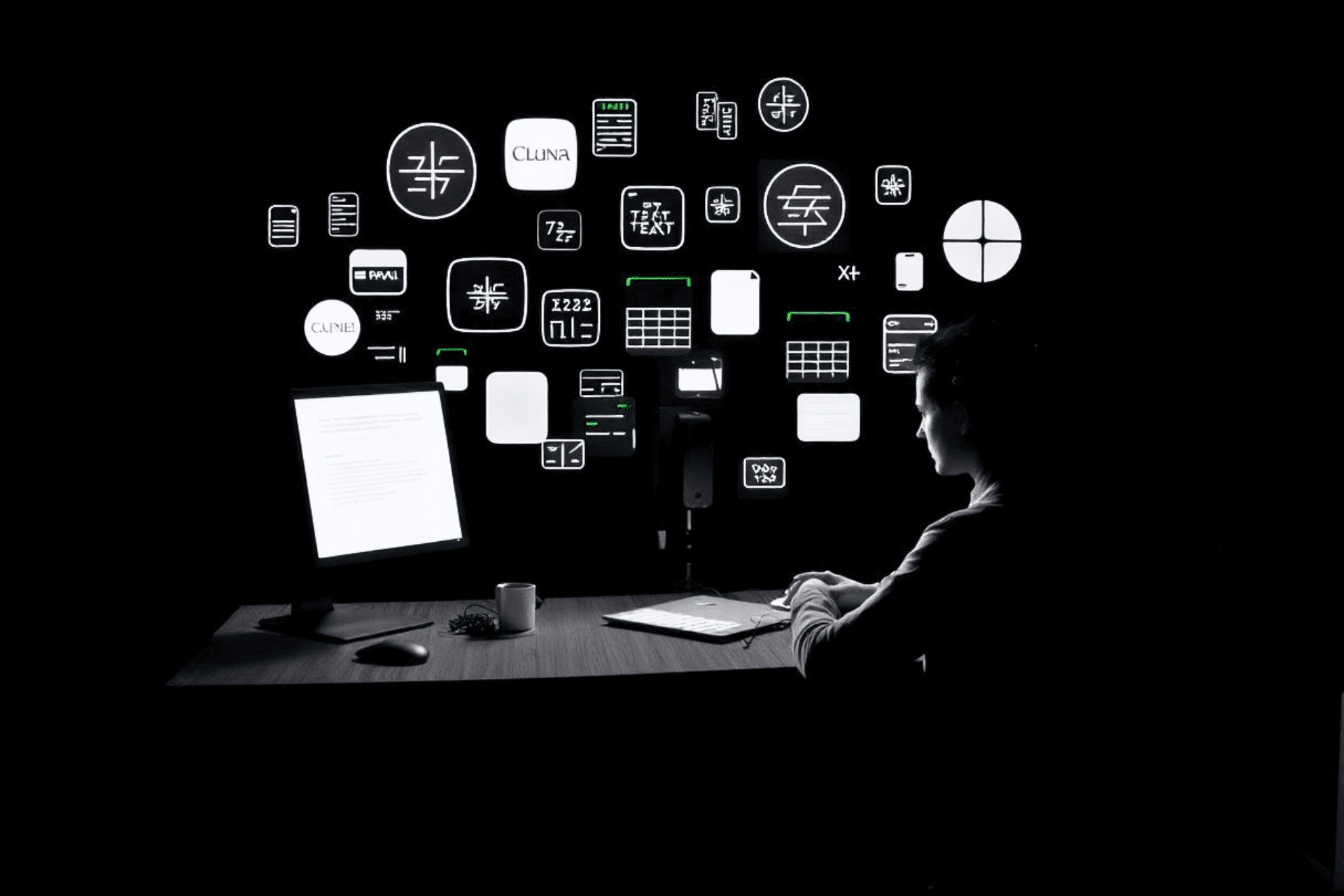

Ah, procrastination. The word itself often conjures images of last-minute panic, missed deadlines, and a nagging sense of guilt. For many, it’s the arch-nemesis of productivity, a dark force that steals precious hours and leaves a trail of unfinished tasks. We’re taught to conquer it, to push through, to be disciplined. But what if I told you that our conventional understanding of procrastination is incomplete? What if, with a little strategic finesse and a dash of self-compassion, you could actually transform your natural inclination to delay into a powerful tool for innovation, deeper thinking, and even greater achievement?
Welcome, my friends, to the intriguing world of Productive Procrastination. This isn’t about mindlessly scrolling through social media when you should be working. Oh no. This is about a deliberate, mindful approach to managing your energy and tasks, allowing your brain the space it needs to breathe, connect dots, and generate brilliant ideas, all while still moving forward on your most important goals. It’s about understanding that sometimes, the most productive thing you can do is not do the thing you’re supposed to do, but rather, do something else that’s still valuable, or simply allow for a period of nourishing “active rest.” Let’s shed the guilt and embrace a more human, more effective way to work.
Before we dive deeper, let’s clarify what productive procrastination isn’t. It’s not the kind of procrastination that leads to genuine failure, missed opportunities, or chronic stress. That’s destructive procrastination, born of fear, perfectionism, or poor self-regulation. Productive procrastination, on the other hand, is a nuanced dance with your to-do list, a strategic maneuver that acknowledges the ebb and flow of human energy and creativity.
At its heart, productive procrastination is about doing something useful when you’re avoiding something more important. The key here is “useful.” Instead of staring blankly at a daunting task, you pivot to a less intimidating but still valuable one. This approach taps into a fundamental human tendency: we often prefer to do something over doing nothing, especially if that “something” feels less demanding. The psychological magic lies in the fact that while you’re tackling these smaller, more manageable tasks, your subconscious mind is often still quietly working on the bigger, more challenging one. It’s like a background process running on your mental computer, compiling thoughts and connections without you even realizing it. This gentle, indirect engagement can often lead to breakthroughs that brute-force effort might miss. It’s a comforting thought, isn’t it? That even when you feel like you’re “avoiding,” you might actually be incubating brilliance.

Perhaps the most famous proponent of productive procrastination is Stanford philosopher John Perry, who coined the term “Structured Procrastination.” His brilliant insight is disarmingly simple: “To be a structured procrastinator, one has to be a procrastinator, and one has to have a structure.” It’s about leveraging the very impulse to procrastinate.
Here’s how it works: You have a hierarchy of tasks. At the very top is the most important, most daunting, or most unpleasant task – the one you really want to avoid. Below it, you have a list of other, still important but less urgent or less intimidating tasks. The trick is to convince yourself that the best way to avoid the top-priority task is to work on one of the other important tasks. By doing so, you’re not just procrastinating; you’re productively procrastinating. You’re still getting valuable work done, just not the work you’re actively resisting.
Imagine you have a massive report due next week (Task A, the dreaded one). Instead of starting it, you might find yourself suddenly motivated to organize your digital files, respond to long-overdue emails, or even clean your desk. These are all useful tasks that contribute to your overall productivity and well-being. The genius of structured procrastination is that it transforms the guilt of avoidance into the satisfaction of accomplishment. You’re not just sitting idle; you’re actively checking off other items on your to-do list, feeling a genuine sense of progress. It’s a gentle nudge, a clever psychological hack that turns your natural aversion into an engine for getting things done. What a wonderful way to trick your brain into being productive!
Beyond structured procrastination, there’s another powerful facet to leveraging your “laziness”: the concept of “active rest.” This isn’t about collapsing on the couch for hours of mindless television (though sometimes, that’s needed too!). Active rest involves engaging in activities that genuinely refresh your mind and body, without being directly related to your primary work tasks. It’s about stepping away, but with purpose.
Think of it this way: your brain isn’t a machine that can run at 100% capacity indefinitely. It needs downtime, different kinds of stimulation, and periods of low-intensity activity to process information, consolidate memories, and make new connections. Active rest could be a brisk walk in nature, listening to music, reading a book for pleasure, engaging in a hobby, or even doing light exercise. These activities reduce mental fatigue, lower stress levels, and, crucially, allow your subconscious mind to continue working on problems in the background.
Neuroscience supports this. When you’re actively focused on a task, your brain is in a “focused mode.” But when you step away and engage in less demanding activities, your brain shifts into a “diffuse mode.” This diffuse mode is excellent for creative problem-solving, making unexpected connections, and generating novel ideas. It’s why so many brilliant insights occur during a shower, a walk, or right before falling asleep. Embracing active rest is an act of self-care that directly fuels your cognitive engine. It’s a comforting reminder that sometimes, the best way to move forward is to gently step back.
This brings us to one of the most exciting benefits of productive procrastination and active rest: their profound impact on idea generation. Many of history’s greatest thinkers, artists, and scientists have reported their most significant breakthroughs occurring not while they were intensely focused on a problem, but during moments of relaxation, contemplation, or even distraction. Archimedes’ “Eureka!” moment in the bath, Newton’s apple, or countless artists finding inspiration during a stroll – these aren’t mere anecdotes; they illustrate a fundamental truth about how our brains work.
When you allow your mind to wander during non-work periods, you’re essentially giving it permission to explore, to free-associate, and to connect disparate pieces of information. This is where the magic of incubation happens. Your brain continues to churn on problems below the surface of conscious thought. The pressure is off, the self-criticism quietens, and new pathways can form. It’s like untangling a knot: sometimes, pulling harder only makes it tighter. Stepping away and letting it sit for a while often allows the strands to loosen, making the solution suddenly apparent.
To harness this, cultivate a habit of mindfulness during your “off” periods. Keep a small notebook or a voice recorder handy. When a thought or idea pops into your head during a walk, a shower, or a moment of quiet reflection, capture it. Don’t dismiss it as random; it might be the very insight your subconscious has been diligently working on. Trust that your brain is always working for you, even when you’re not actively “working.” This gentle trust can unlock a wellspring of creativity you never knew you had.
So, how do you intentionally integrate productive procrastination into your daily life? It’s not about being lazy; it’s about being strategically smart and kind to yourself.
The art of productive procrastination is not a license for perpetual idleness; it’s a profound invitation to work smarter, not just harder. It’s about understanding and respecting your own unique rhythms, acknowledging that creativity and problem-solving don’t always happen in a linear fashion, and giving your brilliant mind the space it needs to flourish.
By embracing structured procrastination, you transform avoidance into accomplishment. By valuing active rest, you replenish your mental well-being and unlock new insights. And by recognizing the power of non-work periods for idea generation, you tap into a wellspring of innovation that traditional, rigid productivity models often overlook.
So, the next time you feel that familiar urge to put off a daunting task, don’t immediately reach for the whip of self-discipline. Instead, pause. Consider your options. Can you pivot to another valuable task? Can you take a refreshing break that will ultimately fuel your creativity? By doing so, you’re not being lazy; you’re being strategic, compassionate, and ultimately, far more effective. You are, in essence, transforming your “laziness” into a powerful ally, reclaiming your time, and redefining what it truly means to be productive. Go forth, my friend, and procrastinate productively! The world awaits your well-rested, brilliantly inspired contributions.

Monday - Thursday 7 AM - 5 PM PST
admin@selfstalker.com support@selfstalker.com